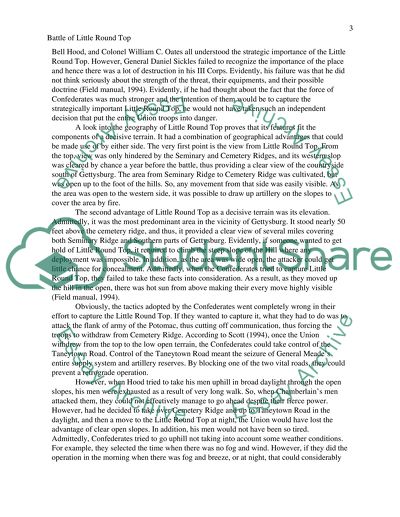Cite this document
(“Battle of Little Round Top: Intelligence Preparation of Battle Field Research Paper”, n.d.)
Retrieved from https://studentshare.org/military/1436457-battle-of-little-round-top-intelligence
Retrieved from https://studentshare.org/military/1436457-battle-of-little-round-top-intelligence
(Battle of Little Round Top: Intelligence Preparation of Battle Field Research Paper)
https://studentshare.org/military/1436457-battle-of-little-round-top-intelligence.
https://studentshare.org/military/1436457-battle-of-little-round-top-intelligence.
“Battle of Little Round Top: Intelligence Preparation of Battle Field Research Paper”, n.d. https://studentshare.org/military/1436457-battle-of-little-round-top-intelligence.


